Survival tips that could save your life on holiday
Survival of the savviest traveller

Buckle up & know the rules of the road
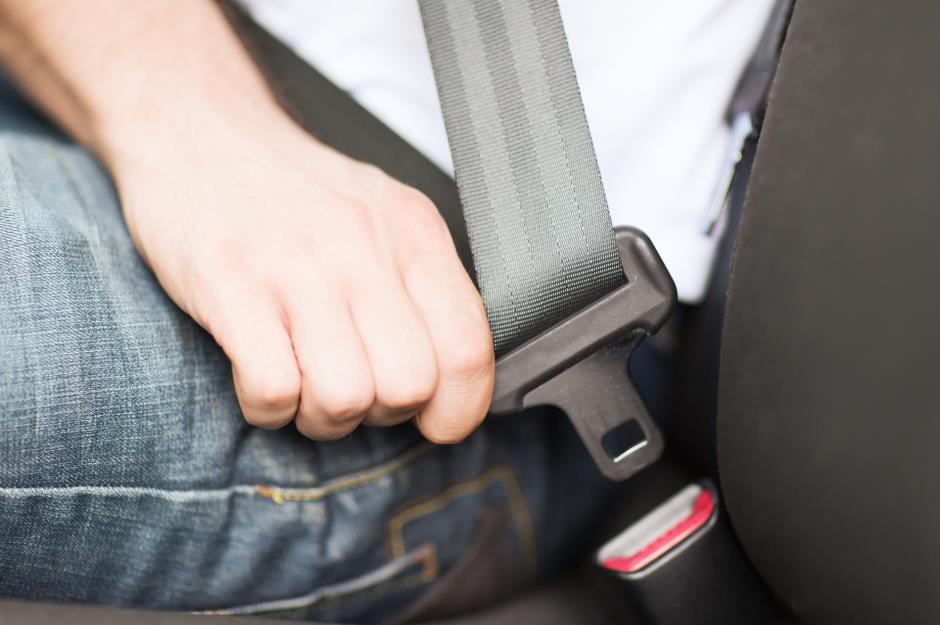
According to the World Health Organisation, road traffic collisions are the most common cause of death among travellers. Poor roads, lax law enforcement and dodgy driving are all to blame, so minimise your risk by buckling up, even if it’s not legally required. If you’re renting a car, give its tyres, brakes and lights a thorough check and always learn the rules of the road.
How to build a shelter

How to survive a tyre blow out

On a road trip? Knowing how to deal with a tyre blow out could save your life. In his book How to Stay Alive (Bantam Press), Bear Grylls says: “Avoid your natural instinct to hit the brake. Grip the wheel with both hands and correct any swerve. Keep your foot on the accelerator and if you feel you’re losing control, accelerate slightly until you regain control. Put your hazards on and ease off the pedal to bring speed down.”
How to escape a burning building
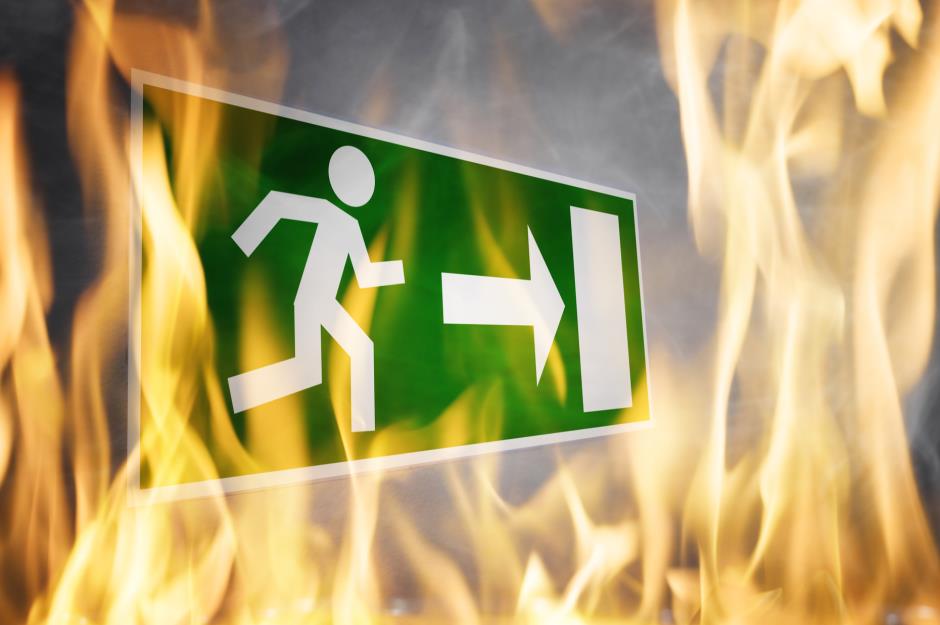
Learn to recognise hypothermia

How to treat hypothermia

Pack a condom
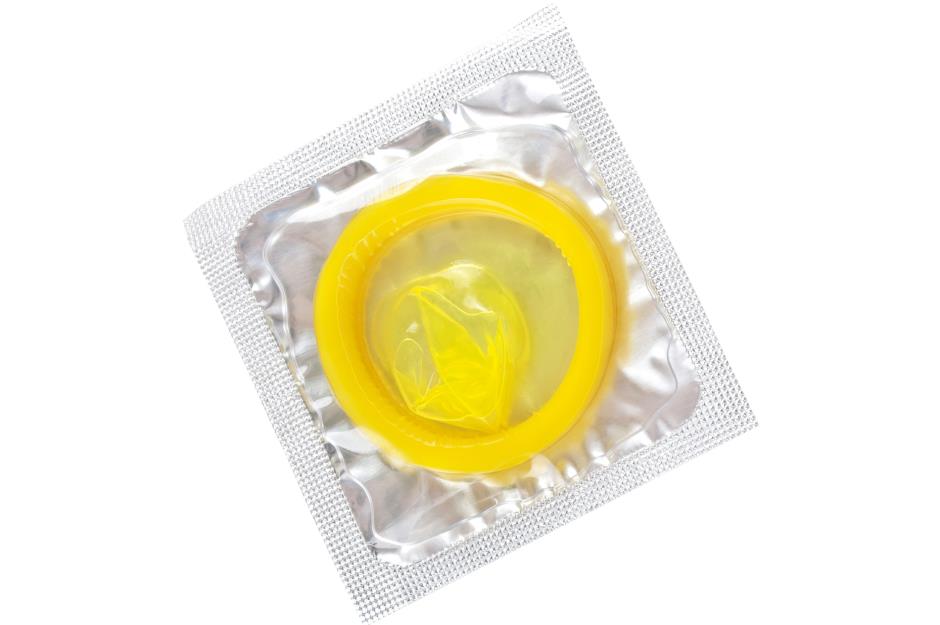
Bear says a non-lubricated condom is an essential part of any survival kit. “I take these mainly for carrying water. A condom takes up almost no space but can hold up to two litres of water. Since they’re waterproof, they’re also good for keeping tinder dry. And you can use them as an improvised rubber glove if you’re treating a wound and want to guard against infection.”
How to build a snow cave

Keep cool
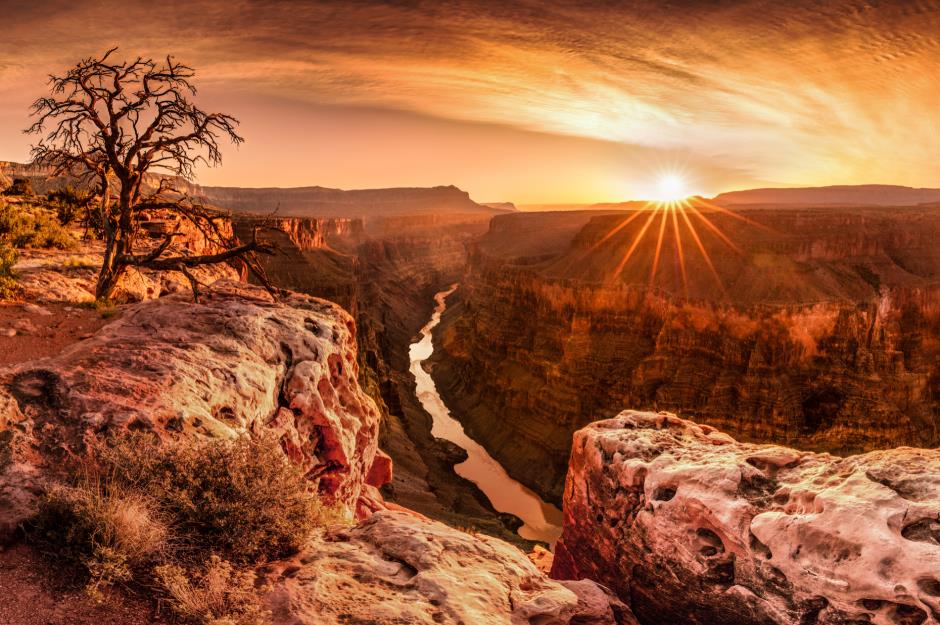
According to America’s National Park Service, every year several hikers become ill, are injured or pass away whilst trekking unprepared in the Grand Canyon. In summer, rangers help people struck by heat exhaustion on a daily basis, so protect yourself by not hiking between 10am and 4pm, when temperatures can reach a scorching 41°C. When you see water, dampen your clothes to keep cool and drink plenty of fluids.
How to cope with heat exhaustion
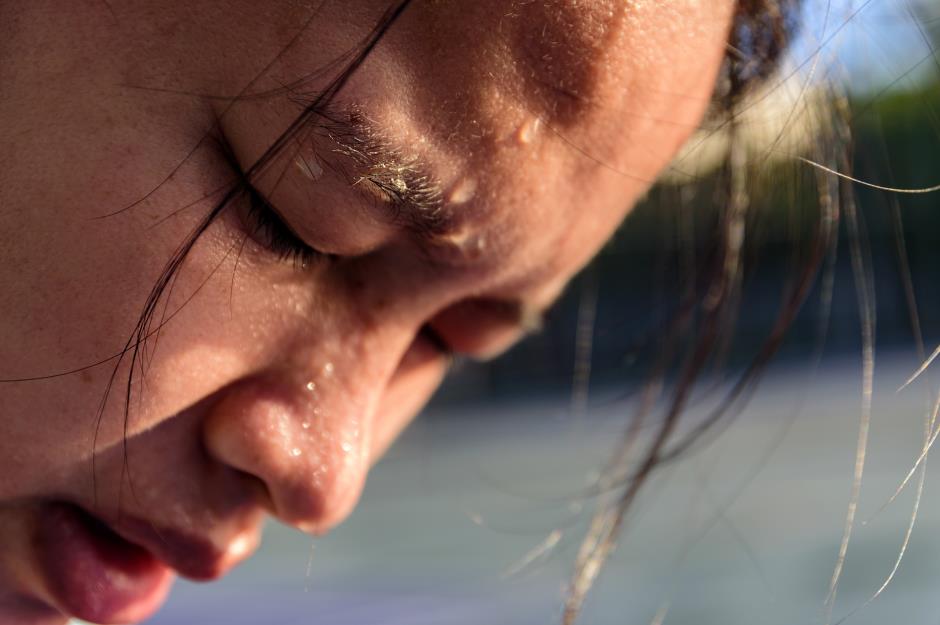
A hiker can lose a litre of water an hour through sweating. If you get too dehydrated you’re at risk of heat exhaustion, which can lead to potentially fatal heat stroke. America's National Park Service warns hikers to watch for the symptom, which include nausea, vomiting, headaches and cramps – if you notice any of these, drink water containing electrolytes, rest in a shady spot for at least 30 minutes and eat plenty of fatty, sugary foods. Cool down the body with water.
Learn to forage

Foraging can help you survive if you’re lost and out of supplies but, if you eat something toxic you'll find yourself in even deeper trouble. If you’re not sure whether a berry is safe to eat, try rubbing it on the inside of your wrist. Leave it for 12 hours and, if it hasn’t provoked a skin reaction, try rubbing it on the inside of your lip. If after another 12 hours there’s no reaction, eat a small quantity. If you’ve had no dodgy side effects after four hours, it should be safe to consume. Read more about foraging here on our sister site loveFOOD.
What to do in an avalanche

Watch for flash floods

Pack a pocket knife

How to avoid bears

How to survive a brown bear attack

How to deal with black bears
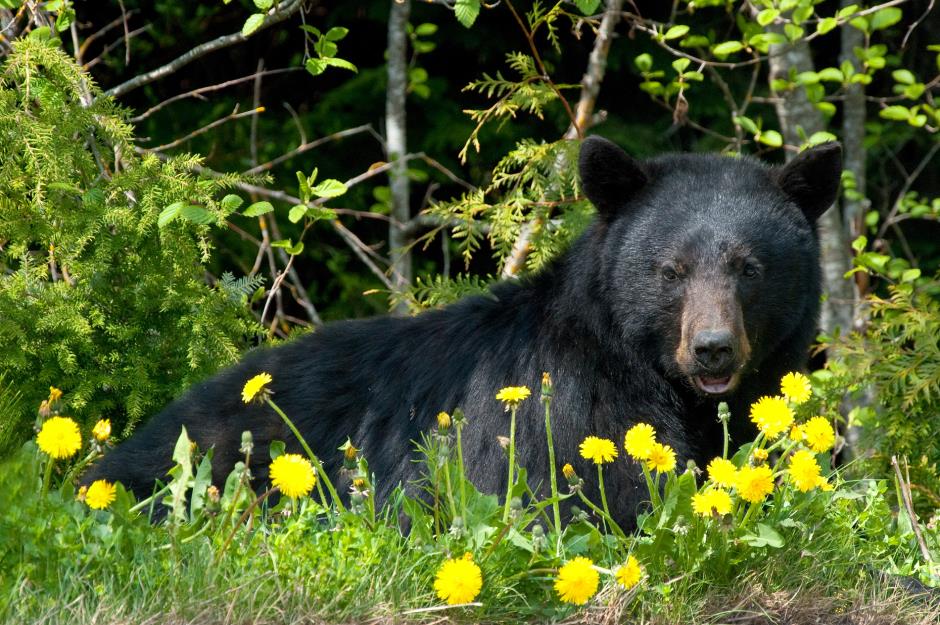
How to survive a hurricane

Carry clean needles
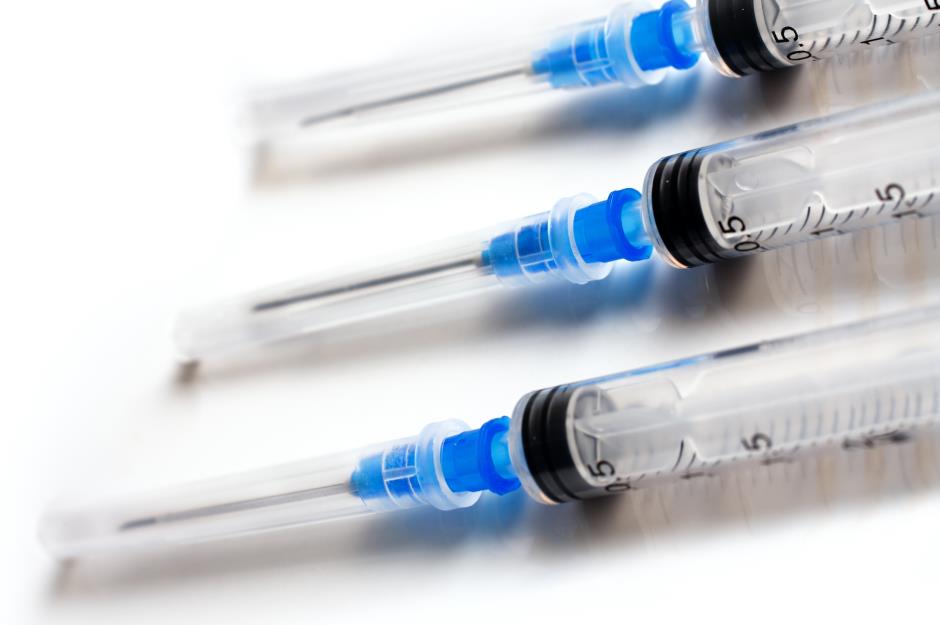
If you’re travelling to an undeveloped country or remote areas, always pack hypodermic needles in your first aid kit. That way, if you need urgent medical care you can be sure you’re treated with sterile equipment. Try Solotrekk’s Sterile Lite Travel Needle Kit.
Choose your campsite wisely
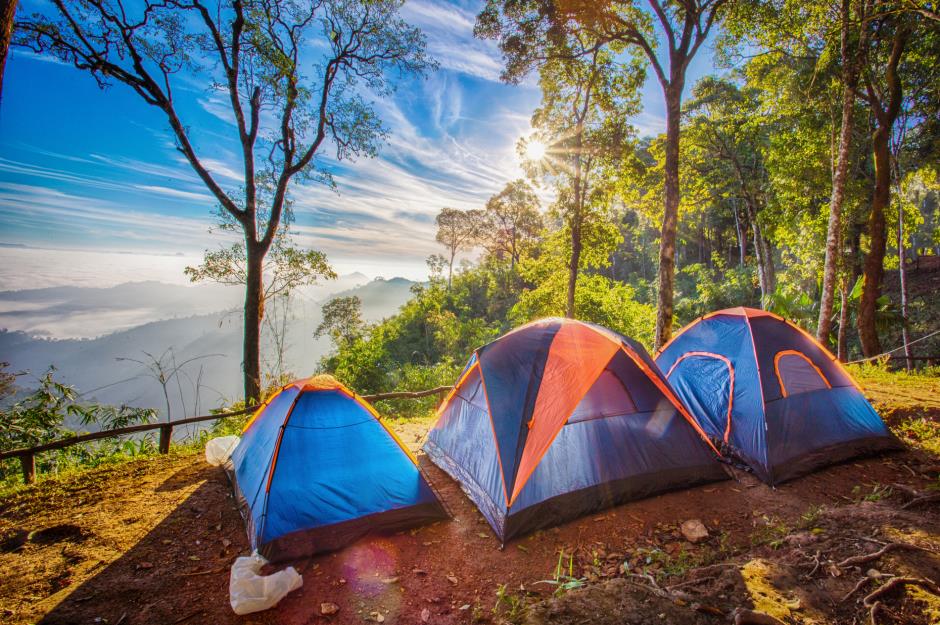
What to do in a terror attack
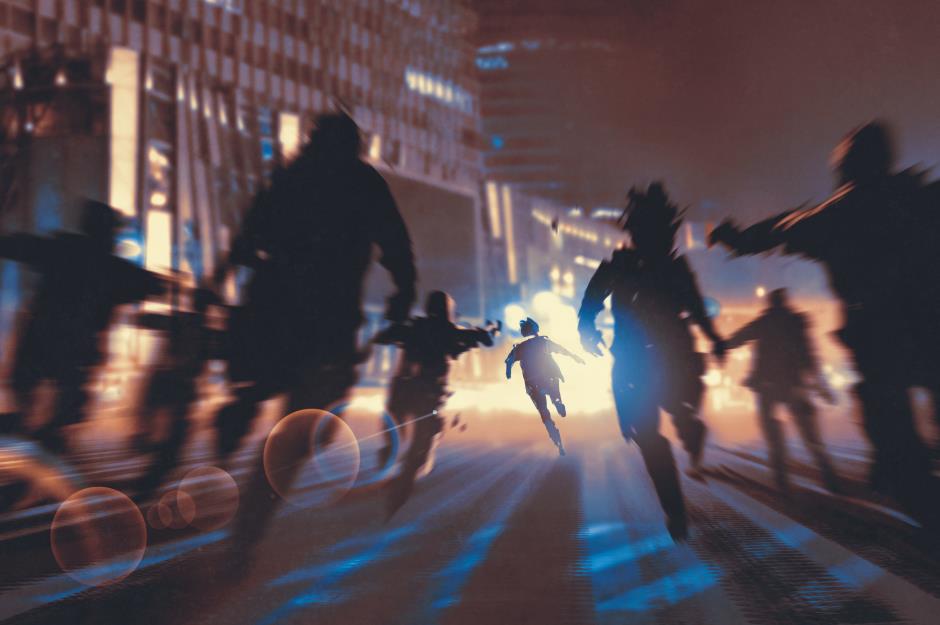
How to navigate without a compass
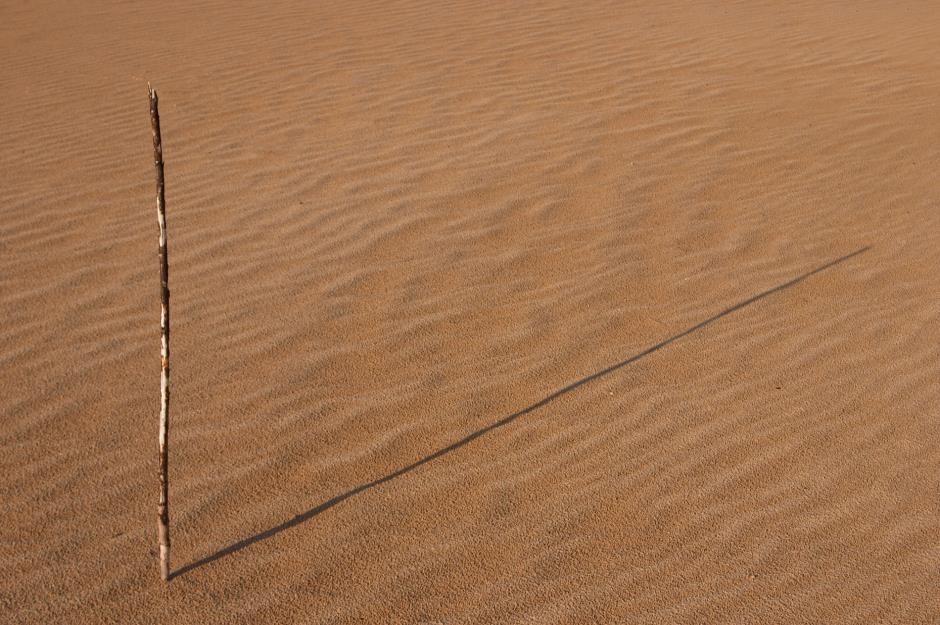
If you get lost when hiking, use the sun to navigate. Adventurer Ash Dykes says: “Place a stick upright in the ground in an open, sunny spot, so you can see its shadow. Mark the tip of the shadow with a pebble, then wait 10-15 minutes, as it’ll move slightly. Mark the new position of the tip with a pebble. Draw a straight line from the old shadow mark to the new one. The first mark shows you where West is, and the second where East is. From there you can work out North and South."
How to make a natural leech repellent
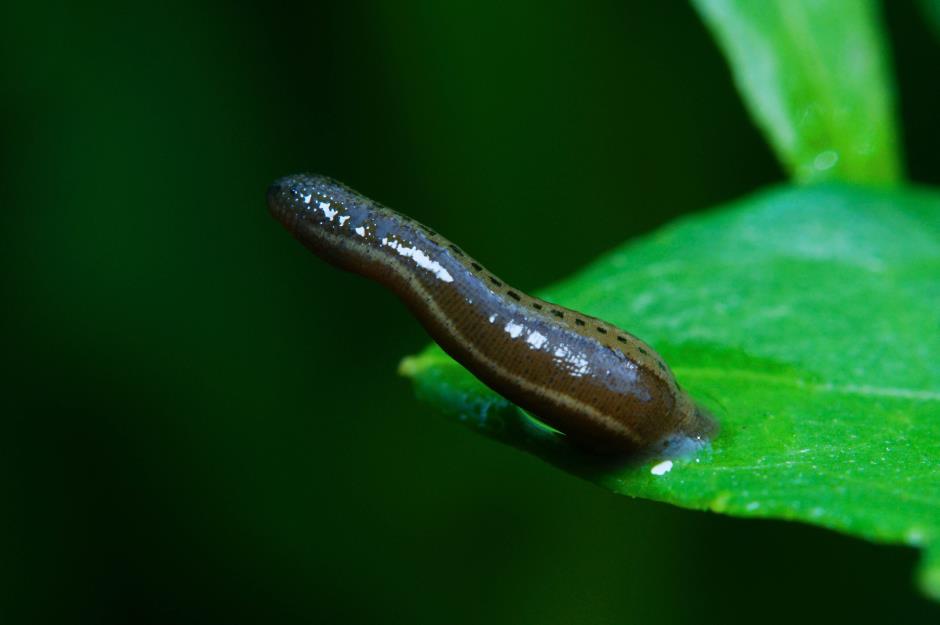
How to escape a rip current
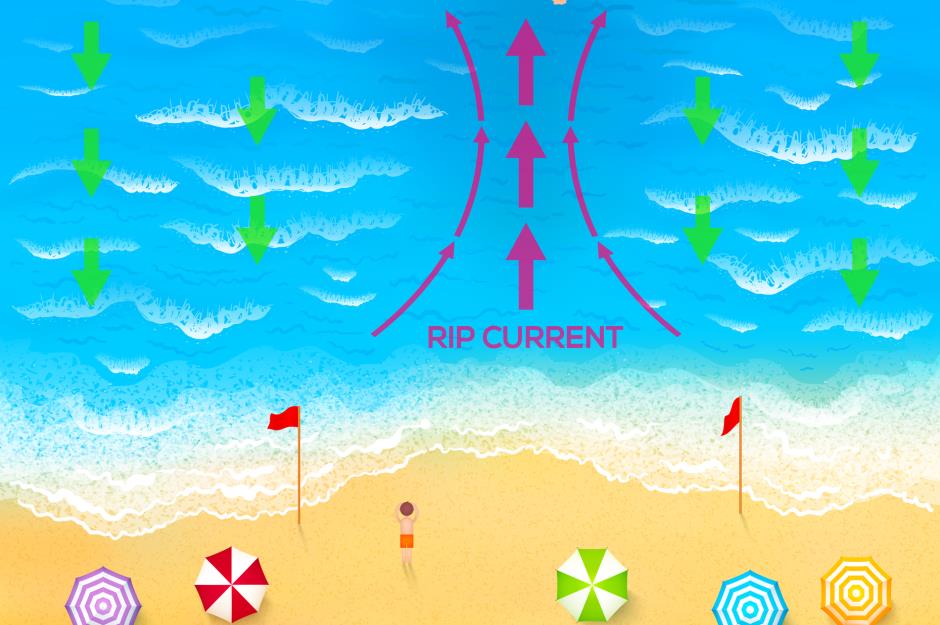
How to avoid food poisoning
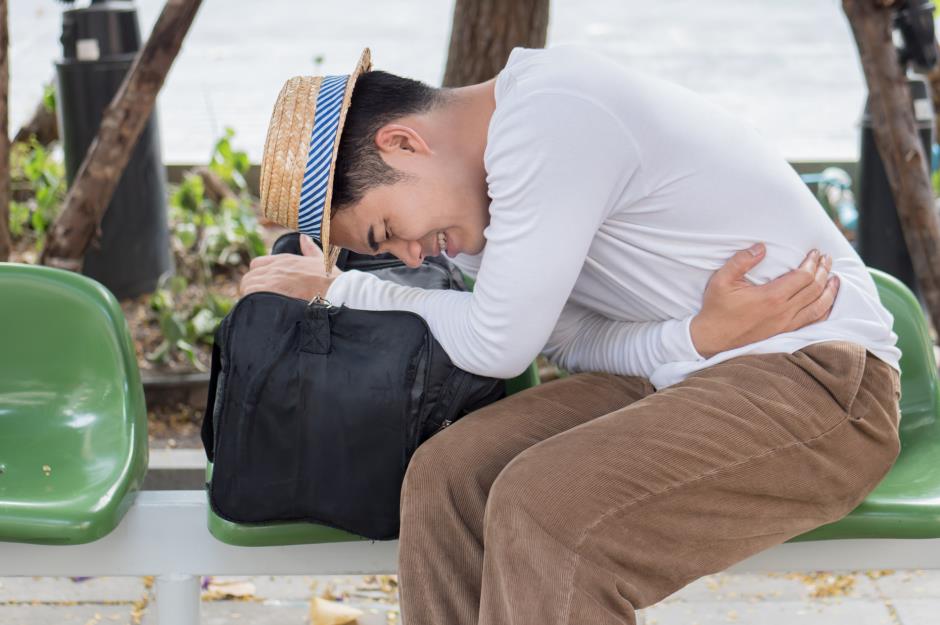
The World Health Organisation estimates that around 420,000 people die from eating contaminated food every year. Always drink bottled or sterilised water (unless you know the tap water is safe) and avoid raw veg and salads (they may be washed in dirty water), as well as meat that’s raw or undercooked. Ensure fruit has been washed in clean water or eat thick-skinned varieties that you’ve peeled. Don’t have ice in your drinks either, unless you know it’s been made with clean water.
Drink your own pee

Keep calm and carry on

How to cross a croc infested river
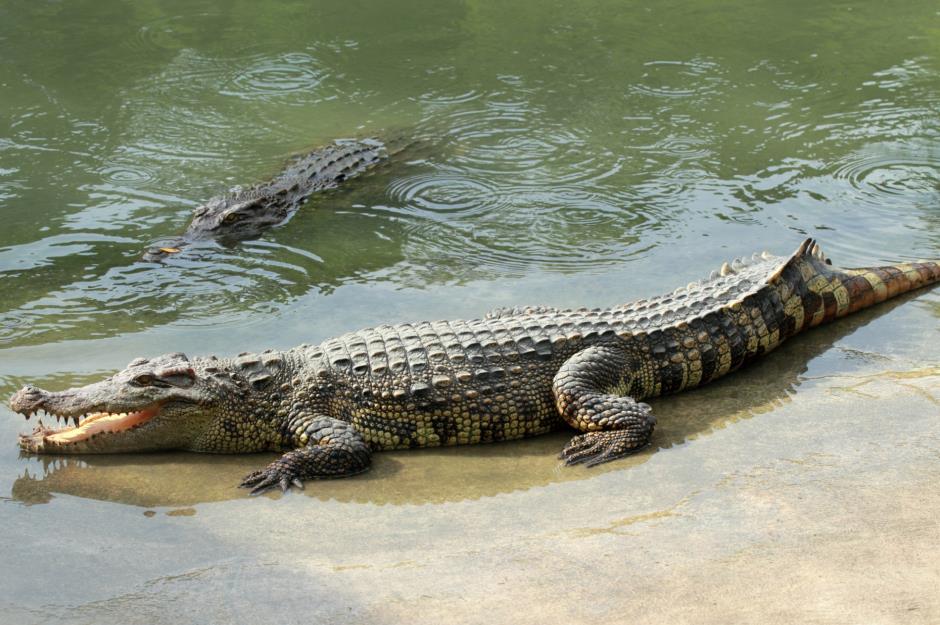
If you're hiking in croc country, there are a couple of safety steps you can take. Adventurer Ash Dykes says: “If you need to cross water in croc country, try to follow the route locals take – they know where their territory is. If that’s not possible, head to a patch of white water, as crocs don’t tend to rest where there’s a strong current. As you walk, beat the water with a long stick, making yourself seem as big as possible.”
Tell someone your travel plans
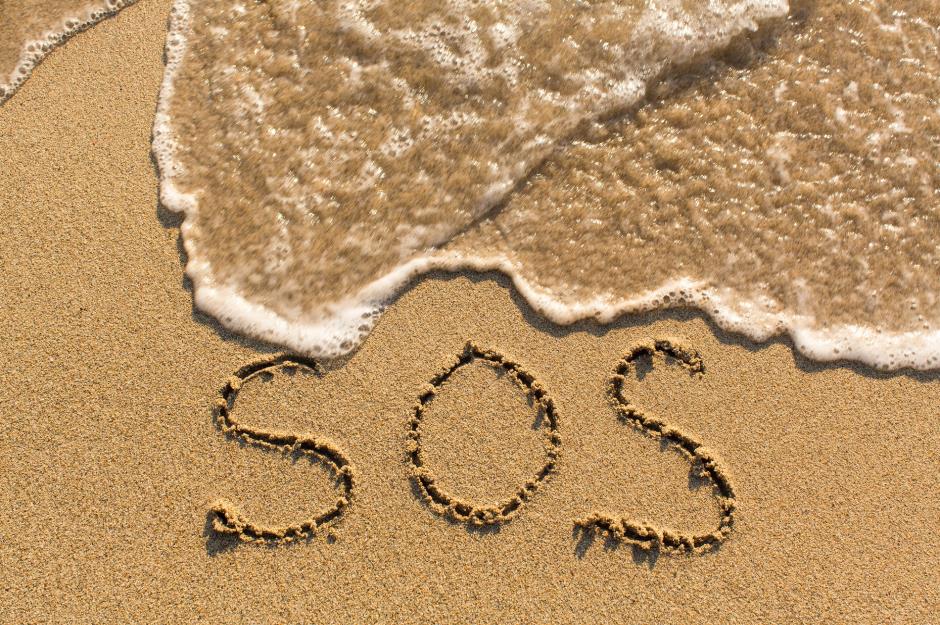
Comments
Do you want to comment on this article? You need to be signed in for this feature